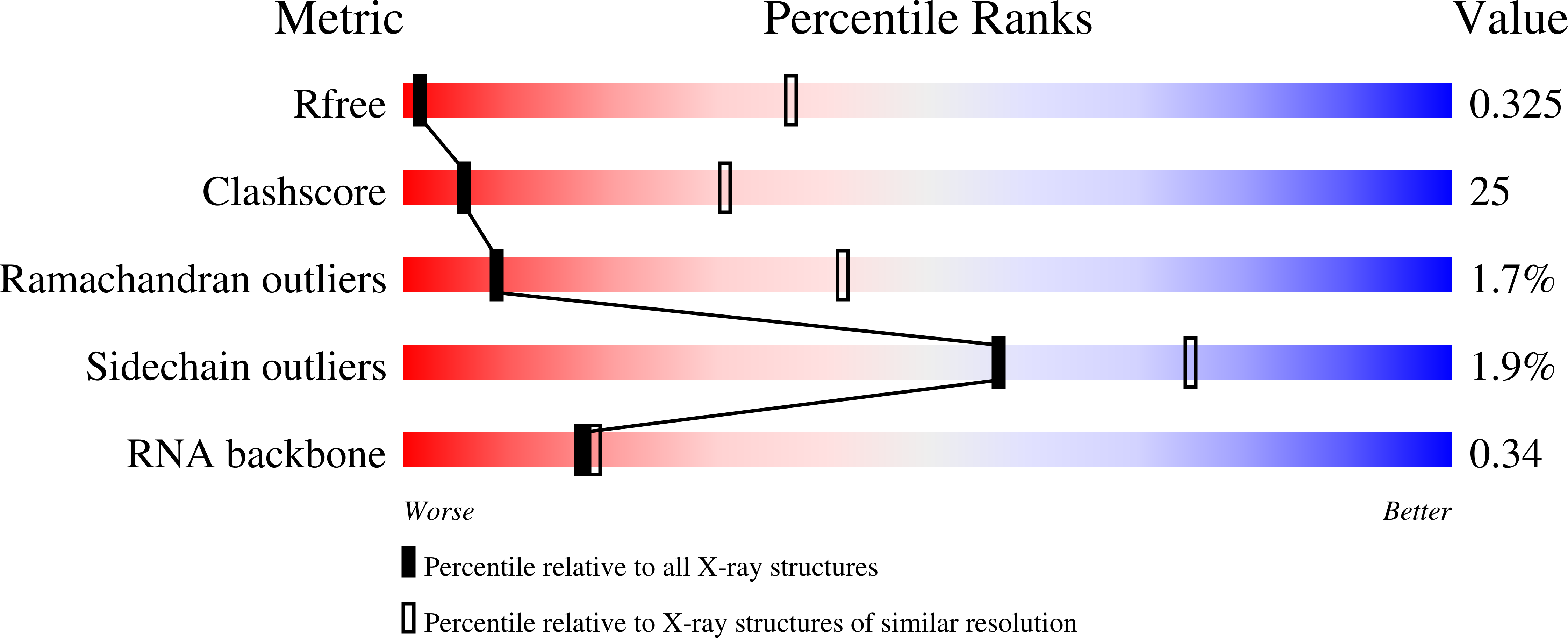
Deposition Date
2016-07-29
Release Date
2016-10-26
Last Version Date
2024-10-30
Entry Detail
Biological Source:
Source Organism:
Homo sapiens (Taxon ID: 9606)
Human immunodeficiency virus type 1 group M subtype B (isolate BH10) (Taxon ID: 11678)
Human immunodeficiency virus 1 (Taxon ID: 11676)
Human immunodeficiency virus type 1 group M subtype B (isolate BH10) (Taxon ID: 11678)
Human immunodeficiency virus 1 (Taxon ID: 11676)
Host Organism:
Method Details:
Experimental Method:
Resolution:
5.90 Å
R-Value Free:
0.31
R-Value Work:
0.21
Space Group:
P 32 2 1


